 April 2024
Terraformal dreaming
April 2024
Terraformal dreaming
... probably require the same mixture of hydrogen, carbon, oxygen, nitrogen, phosphorous, and sulphur, along with “methane, ammonia, formaldehyde, sulphides, nitriles and simple sugars,” that gave rise to life on our own planet. Artist’s impression...
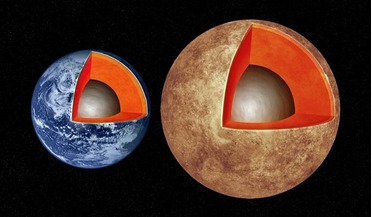 09 February 2016
Are Earth-like worlds built like Earth?
09 February 2016
Are Earth-like worlds built like Earth?
... in Pluto’s size and mass, its composition is about one-third ice (mostly water ice but also ammonia and methane ices). The next step will to be determine if the extra-solar system these planets are...
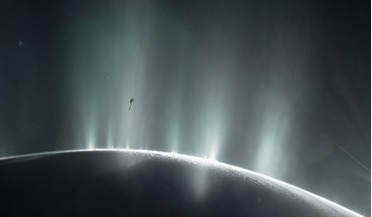 14 April 2017
Cassini finds evidence for hydrothermal vent activity on Enceladus
14 April 2017
Cassini finds evidence for hydrothermal vent activity on Enceladus
... is water, about 1 percent is hydrogen and the rest is a mixture of other molecules including carbon dioxide, methane and ammonia. And although Cassini has not yet shown that phosphorus and sulphur are present in Enceladus’s ocean...
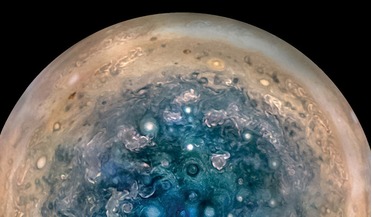 26 May 2017
First results from Juno mission
26 May 2017
First results from Juno mission
... are not so steadfast and seem to transform into other structures. The data is being interpreted that the ammonia which makes up much of Jupiter’s layered cloud system is quite variable but continues to increase as far down as can...
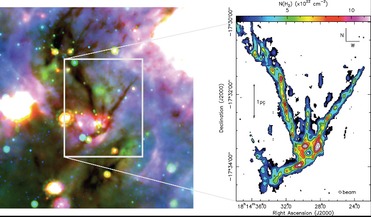 10 July 2017
First glimpse at how gravity effects star formation
10 July 2017
First glimpse at how gravity effects star formation
Astronomers studying a cloud network of four filaments converging on a central hub, have captured the effects of gravity on ammonia gas moving within the cloud to show how the swirling motion of gas aids in the star formation ...
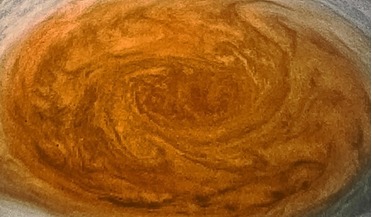 14 July 2017
Juno gets in close to The Great Red Spot
14 July 2017
Juno gets in close to The Great Red Spot
... that the massive spot could be shrinking. It is thought that its red hue is the result of noxious gases – ammonia and acetylene – that are broken down when they are exposed to sunlight. It has also been suggested...